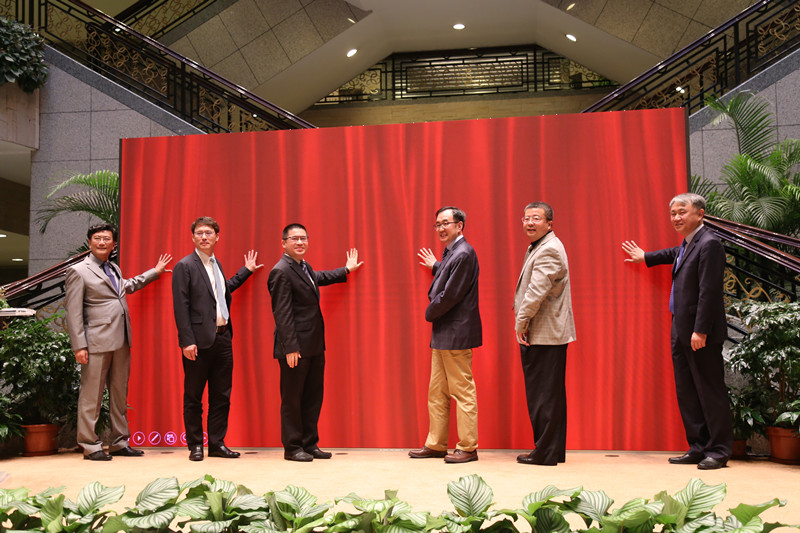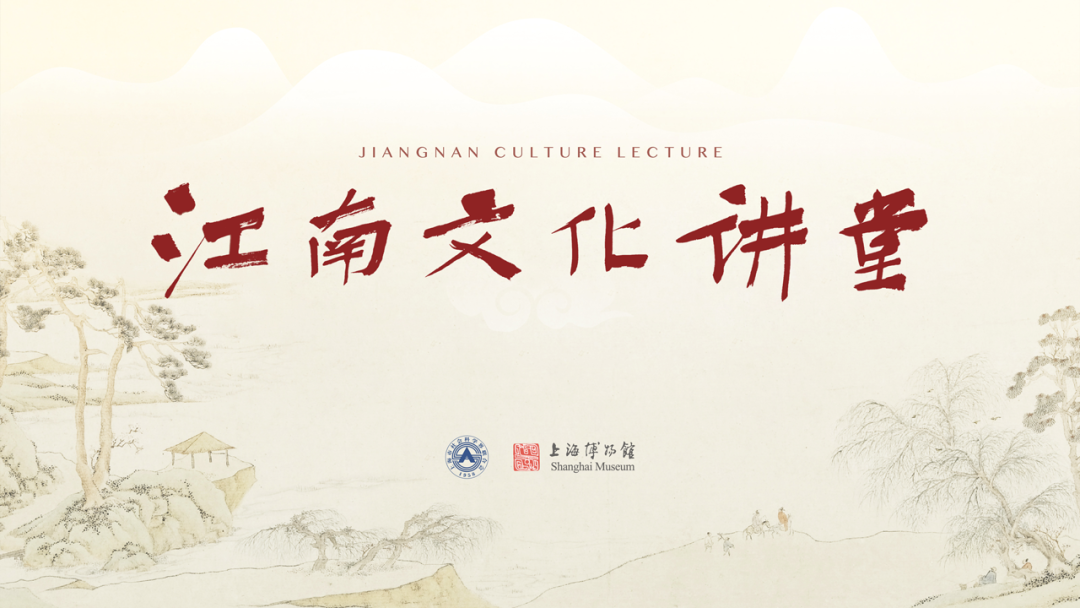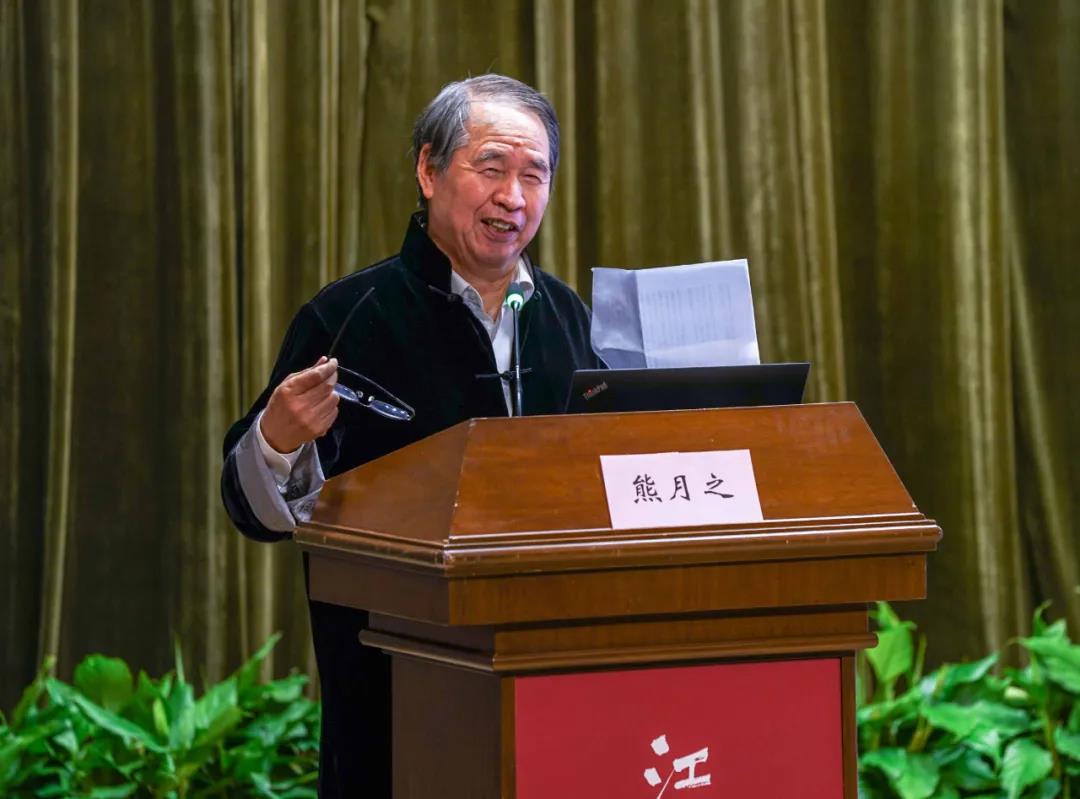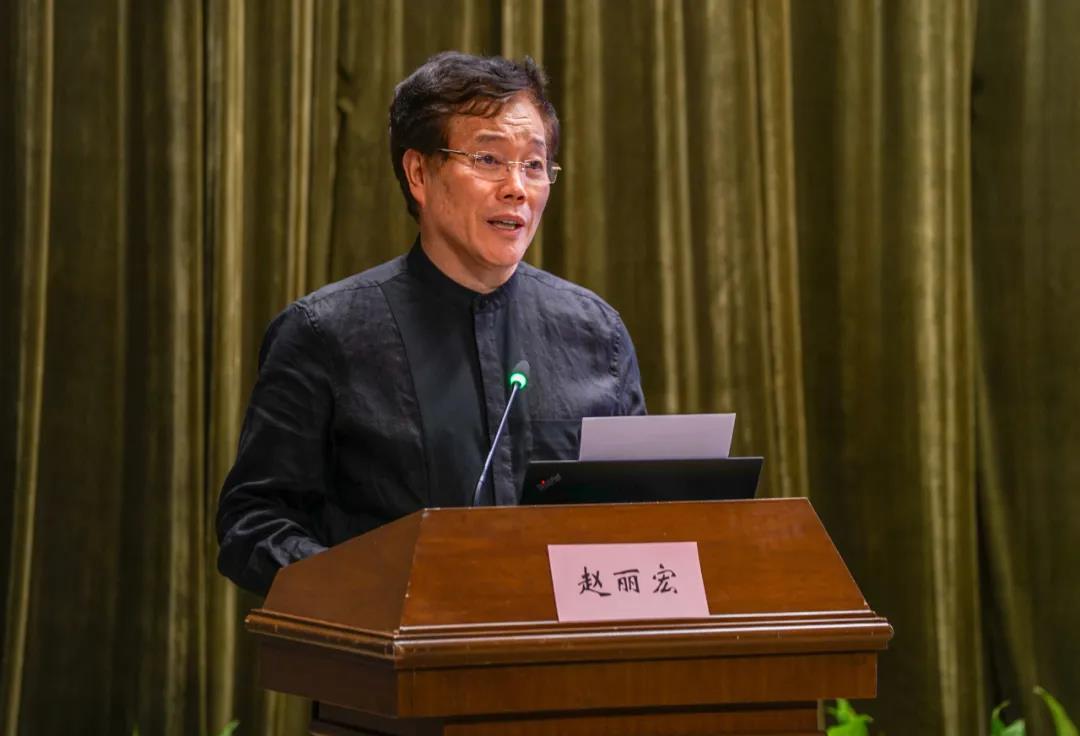Shanghai Federation of Social Science Associations and Shanghai Museum jointly debut “Jiangnan Culture Lectures”
On May 25, a non-profit cultural branding project, “Jiangnan Culture Lectures,” was jointly initiated by Shanghai Federation of Social Science Associations and Shanghai Museum. Xu Jiong, Deputy Director of the Publicity Department of CPC Shanghai Municipal Committee; Quan Heng, Secretary of the leading Party Members' Group of Shanghai Federation of Social Science Associations; Ren Xiaowen, Vice Chairman of Shanghai Federation of Social Science Associations; and other distinguished guests attended the launch ceremony.

The “Jiangnan Culture Lectures” project highlights Jiangnan culture bringing together renowned research forces, experts and scholars specializing in social sciences, culture and museology on Jiangnan culture from both China and abroad.
By introducing Jiangnan in terms of politics, economy, society, science and technology, literature, art, etc. the lecture series will show the unique charm of Jiangnan culture as a vital part of Chinese culture, explore Jiangnan's spiritual characteristics, guide public to learn about Jiangnan culture and serving the national strategy of high-quality integrated development in the Yangtze River Delta region.

After the opening ceremony, the first “Jiangnan Culture Lecture” was delivered in the lecture hall of Shanghai Museum.

Xiong Yuezhi
Xiong Yuezhi, the lecturer, is a Vice Chairman of the Association of Chinese Historians. He explained that during its formation and development, Jiangnan culture has not only incorporated certain features of other Chinese regional cultures, such as Lingnan culture, Fujian culture and Hunan culture etc., but also absorbed some elements of foreign cultures.
Notably, as a result of the agglomeration of megacities located in Jiangnan, it has gradually played a role informing Shanghai culture.

Zhao Lihong
Zhao Lihong, Vice Chairman of Shanghai Writers' Association, believed that Jiangnan should be represented as a culture where “temper force with mercy.” For long, men of letters have emphasized Shanghai as a more feminine rather than a masculine city. It is very misleading. In retrospect of its modern history, Shanghai has also been a city of many heroes. For example, in the “8.13 War” and the Songhu Anti-Japanese Campaign, the Chinese army and civilians were united to fight against the Japanese invaders, with hundreds of heroes shedding blood at Sihang Warehouse by the Suzhou Creek.

Gu Xianzi
According to Gu Xianzi, Associate Researcher of Shanghai Museum, “Jiangnan” is not just a geographical term. It is more often used as an epithet suggesting warmth, affluence, delicacy and other positive characters. She presented 10 exhibits—including the Sword of Zhu Ji Yu Shi of King of the Yue in the early Warring States, Qiuyue Script of Wang Xizhi in the Eastern Jin Dynasty (317-420), Jade Scepter of the Liangzhu culture, Rubbing of the Brick Painting of Seven Sages of the Bamboo Grove and Rong Qiqi of the Southern Dynasties and Modern Oil Painting of Night Navigation Map of Huangpu River—to share with the audience the Jiangnan culture behind these cultural relics.

